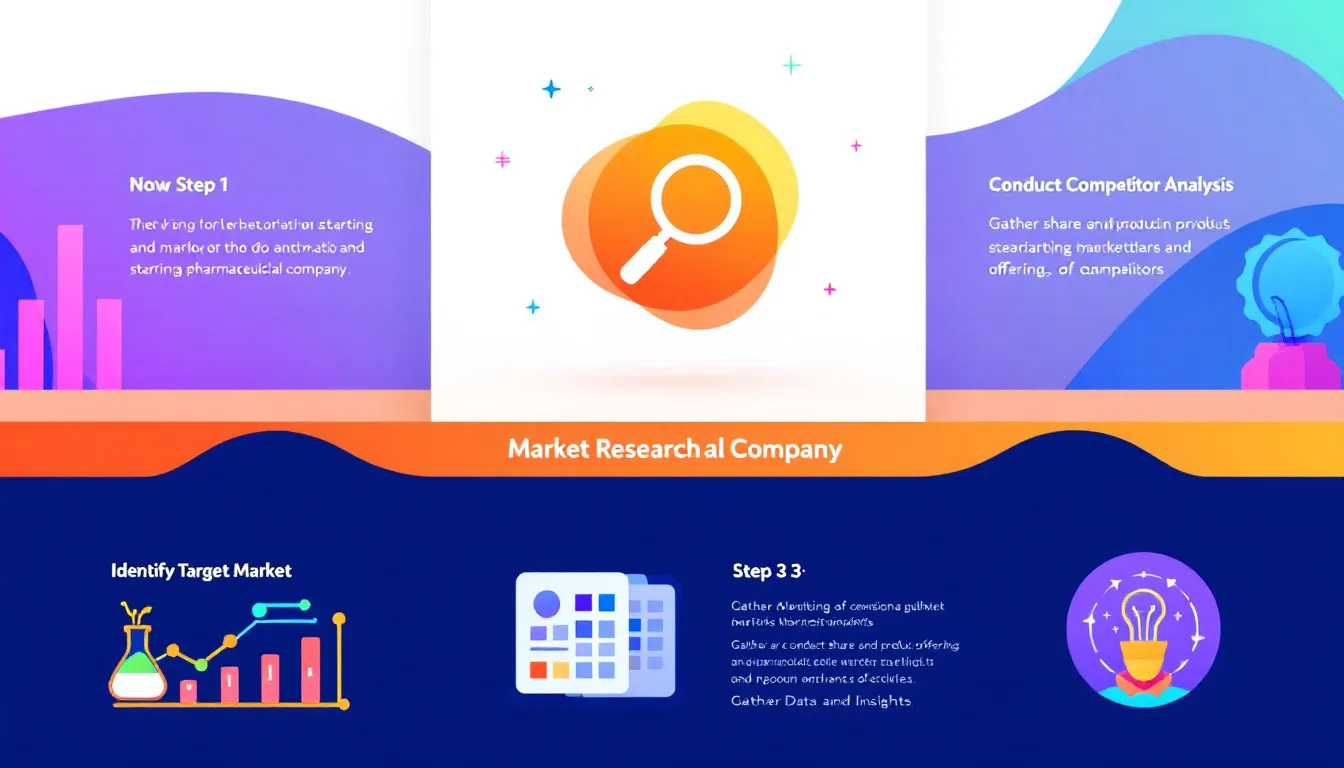When it comes to pharmaceutical manufacturing, quality and compliance aren’t just goals—they’re necessities. Every step of the process must meet stringent standards to ensure product safety and efficacy. One critical component of maintaining these standards is equipment qualification. But what does it mean, and why is it so important? Let’s dive in and explore.
Equipment qualification is verifying that a piece of equipment performs as intended and consistently produces reliable results. In the pharmaceutical industry, it’s not enough for equipment to simply work; it must operate within strict guidelines to ensure compliance with Good Manufacturing Practices (GMP).

Qualification proves that the equipment is installed correctly, operates as designed, and performs effectively under real-world conditions. It’s a cornerstone of quality assurance and plays a key role in safeguarding patient safety.
Stringent regulatory bodies like the FDA, EMA, MHRA, and WHO govern pharmaceutical manufacturing. These agencies mandate equipment qualification to ensure products are consistently safe, effective, and contamination-free.

Without proper qualification, a pharma equipment manufacturer or user risks non-compliance, leading to penalties, recalls, or shutdowns.
GMP requires that all pharma equipment be fit for its intended use. Qualification ensures that every piece of equipment—from mixers to tablet presses—meets these standards, minimizing risks and maintaining product integrity. It’s not just a regulatory obligation; it’s a guarantee of quality.
The qualification process in pharma is methodical and thorough. It involves:


DQ ensures that the equipment’s design meets predefined specifications and regulatory requirements. During this stage, pharma equipment manufacturers provide detailed documentation, including drawings, technical specifications, and user requirements.
IQ verifies that the equipment is installed correctly and adheres to manufacturer guidelines. This phase involves:
OQ confirms that the equipment operates as intended within specified parameters. Tests are conducted to ensure:
PQ validates that the equipment consistently produces quality results under real-world conditions. This stage involves running the equipment with actual production materials to confirm reliability and performance.
Qualification documents are the backbone of the process. They include:

These records demonstrate compliance and provide traceability, making them critical during audits and inspections.
Once qualification is completed, the equipment is ready for validated production. However, the work doesn’t stop there:
While often used interchangeably, qualification and validation have distinct purposes:

Think of qualification as a building block within the larger validation process.
Equipment qualification isn’t just a regulatory checkbox—it’s a critical step in ensuring:

For any pharma equipment manufacturer or user, qualification is an investment in both compliance and long-term success.
In the pharmaceutical industry, where precision and safety are paramount, equipment qualification is essential. It ensures that pharma equipment performs reliably, complies with regulations, and produces high-quality products. By following a structured qualification process and maintaining proper documentation, manufacturers can safeguard both their operations and the health of their customers.
Whether you’re installing new equipment or requalifying existing machinery, working with a trusted pharma equipment manufacturer ensures the process is seamless and compliant. In the end, equipment qualification is more than a necessity—it’s the foundation of quality and compliance in pharmaceutical manufacturing.
Looking to ensure compliance and quality with your pharmaceutical equipment? Canaan offers industry-leading solutions tailored to your needs. Contact us today to learn more!




Pharmaceutical third party manufacturing is when companies outsource product production to specialized firms. This practice enables companies to focus on research and development. In this guide, we’ll cover the benefits, processes, and considerations of third party manufacturing. Key Takeaways Understanding Pharmaceutical Third Party Manufacturing Pharmaceutical third party manufacturing is a service where a company hires […]

Pharma discovery is crucial for finding new treatments for diseases. This process starts with identifying drug targets and ends with getting safe, effective drugs to market. In this article, we explain each stage of pharma discovery and highlight the innovations transforming this field today. Key Takeaways The drug discovery process is complex and entails multiple […]

If you want to know how do you start a pharmaceutical company, it involves conducting market research, developing a business plan, securing funding, and navigating regulatory requirements. This guide will cover these important steps and more to help you launch and grow a successful pharmaceutical business. Key Takeaways Conduct Comprehensive Market Research Starting a pharmaceutical […]